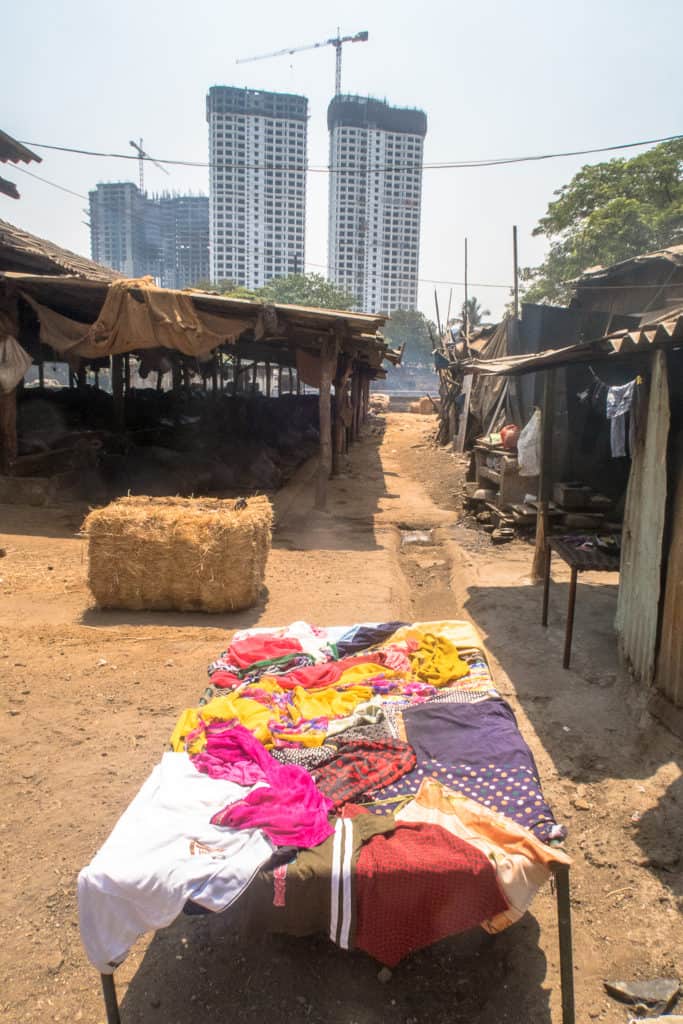Mumbai is the most expensive city for expatriates
According to Mercer’s 2022 Cost of Living survey, Mumbai has ranked 127 among the costliest cities in India in terms of living expenses and accommodation costs. The cities that followed were New Delhi (155), Chennai (177), Bengaluru (178), and Hyderabad (192).
The survey found that while the city is popular for multinational corporations to establish corporations, organisations are considering other, low-cost cities as alternatives.
Mumbai, along with New Delhi, was found to have the highest cost of daily necessities such as milk, bread, vegetables, etc.
Source: The Times of India

Mumbai metro car shed project shifted back to Aarey Colony
Maharashtra’s’ new deputy chief minister Devendra Fadnavis in his first cabinet meeting since he took oath overturned the decision to shift the Colaba-Bandra-Seepz metro 3 corridor out of the Aarey milk colony.
In 2019, the Maha Vikas Aghadi (MVA) government which came to power responded to growing protests over the decision to initially keep the project in Aarey by moving it out of the area. Almost 812 acres of the land were declared as part of a reserved forest.
Source: Hindustan Times, India Today
Read more: “Aarey is the most abused and exploited land mass in Mumbai”
10.90 per cent of water stock is left in seven lakes that provide drinking water to Mumbai
According to the Brihanmumbai Municipal Corporation (BMC) on July 1st, The seven lakes that provide drinking water to the city had 1,57,773 million litres of water or 10.90 per cent of the total capacity of 14,47,363 lakh million litres. At the same time in 2021, the water level in the lakes was 18.28 per cent.
Mumbai gets its water from Tulsi, Tansa, Vihar, Bhatsa, Modak Sagar, Upper Vaitarna and Middle Vaitarna. At Tansa, the water level is at 7.03 per cent, at Modak Sagar, 35.54 per cent, at Middle Vaitarna, 8.73%, at Upper Vaitarna, 0%, at Bhatsa, 10.90%, at Vehar, 16.88% and at Tulsi, 24.93%.
Source: Mid-Day
Mumbai records 14mm of rainfall in ten hours
Because of the formation of a low-pressure belt on the Konkan coast, the Indian Meteorological Department (IMD) has predicted heavy rainfall in the city in the coming days.
In the last 24 hours, for the time this monsoon season, Mumbai recorded triple-digit rainfall figures in ten hours alone. The coming weekend might prove to be tough for Mumbaikars as an orange alert has been issued for the city.
Source: Mumbai Live
Driest June for Mumbai in seven years
The India Meteorological Department’s (IMD) base weather station at Santacruz recorded just 252.4mm of rainfall since June 1, as against the normal measure of 493.1mm. This is the lowest amount of rainfall for Mumbai since 2014, which happened to be a drought year for the entire country.
Three factors have been identified as the root causes. lack of low-pressure zones in the Bay of Bengal combined with a ‘weak’ offshore trough in the Arabian Sea, close to the Konkan coast, on June 22nd, an east-west wind shear zone developed over the south Konkan region, moving north-westward toward south Gujarat, preventing rain-bearing clouds from entering inland, and lastly, because the the monsoon low-level jet (MLLJ) (which plays an important role in transporting moisture from the Indian Ocean toward the west coast) kept skipping the Indian subcontinent due to an active Southern Hemisphere Equatorial Trough (SHET) and a disturbance in the Eastern Indian Ocean.
Source: Hindustan Times
HALF OF THE AREAY LAND WAS ALREADY OCCUPIED BY SLUMS & POLITICIANS, WHICH FIRST SHOULD CLEARED.